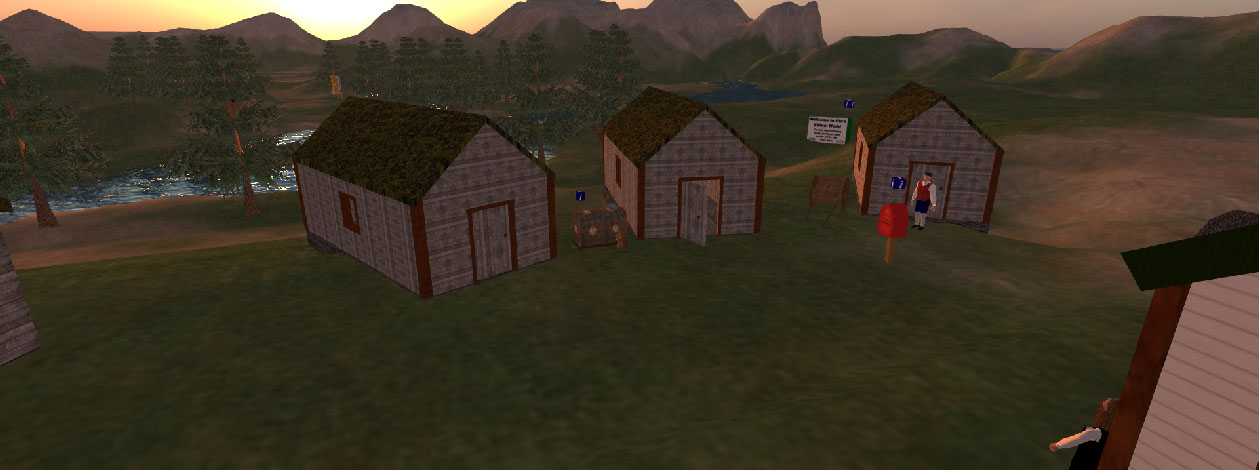On 5 July 1825 the single-masted sloop Restauration set off with 52 people on board on the three-month voyage from Stavanger to New York. Over the course of the next hundred years more than 800,000 Norwegians would emigrate to the United States, such that, according to the U.S. Census Bureau, there were in 2009 4,6 million Americans stating their ancestry as Norwegian.
Given that the population of Norway in 1825 was just over 1 million, rising to 2,649,775 by December 1920, these are striking statistics. Despite the statistical information available to researchers, the challenge for our project was to devise a means of historical representation which put the person of the migrant in the foreground. What was it like to leave the comfort of the home valley and to leave family and friends behind, to embark on a journey into the unknown, encountering unanticipated dangers and unknown languages en route to start life afresh in a foreign land, and how can we best represent that experience? This sort of history from below is notoriously difficult to capture. Many migrants were illiterate (although we do have the so-called America letters), so their experiences in the majority of cases died with them. However, they do have surviving relatives (4,6 million of them) and many of them are well networked and well organised. Family history research is a major pastime, so our first research question was: can the collective transmitted knowledge of Norwegian migration to America be harnessed to nuance and “bring to life” the received historical accounts of that process?
Those who might be able to provide local detail, anecdotal information, personal recollections and so on, are geographically highly dispersed. Creating a picture of migration informed by knowledge of the migrants and their experiences involved reaching a potentially large group of informants, ranging from local historians and surviving relatives in Norway to the communities through which the travelers passed on their emigration journey, to the large number of settlers´ descendants in the USA. The only plausible forum for engaging such a large public is cyberspace. Our second and principal research question was therefore: can a virtual world serve to mobilise and engage a dispersed and heterogeneous community of informants in a way conventional oral history techniques would find impossible? Can the creation of a virtual world (the world of a fictitious migrant from rural western Norway in the 1880s) enable a new type of encounter with history?
The Norwegian and American ends of the journey have been thoroughly studied and charted over the past century, and this accumulated body of material was the starting point for the project. In fact it was the extent of the material which made the construction of a detailed virtual world possible in the first place. Less well studied was the English leg of the journey. Many emigrants traveled to North America via either England or Germany, and our third research question was: what more can we discover (via traditional methods as well as the virtual world) about the passage of so many Norwegians between Hull and Liverpool and their stays in those cities, and what impact did their experience have on the process of emigration and on the English communities involved?
Digital Outputs
The Ola Nordmann Goes West project developed a 3D virtual world which reconstructed the experience of immigration in the 19th century from a village in Norway to New York via ports in England. It used the 3D virtual world engine Second Life. The virtual world reconstructed many of the buildings and environments which would have been familiar to the migrants, and invited end-users to explore the virtual world as avatars using the persona of a 19th century Norwegian peasant. The project also collected large numbers of testimonies from the descendants of Norwegian migrants in North America.
The funded project existed from 2012 to 2014 whereas the virtual world was accessible to the public from 2013 until 2020. The virtual world has now been discontinued, but you can access images, screenshots, and examples of the 3D models below.
The project also developed a 3D demonstrator using WebGL, which was an innovative technology at the time. Whereas the original 3D virtual world required third-party software and a complex configuration, the WebGL demonstrator showed how a similar virtual world could be accessed using only a modern web browser.
Gallery of Images, Screenshots and 3D Models
WebGL Demonstrator
Project Team
- Prof. Andrew Linn (Principal Investigator – University of Sheffield)
- Dr Louise Sørensen (Research Associate – University of Sheffield)
- Dr Michael Meredith (Developer – The Digital Humanities Institute)
- Jamie McLaughlin (Developer – The Digital Humanities Institute)
